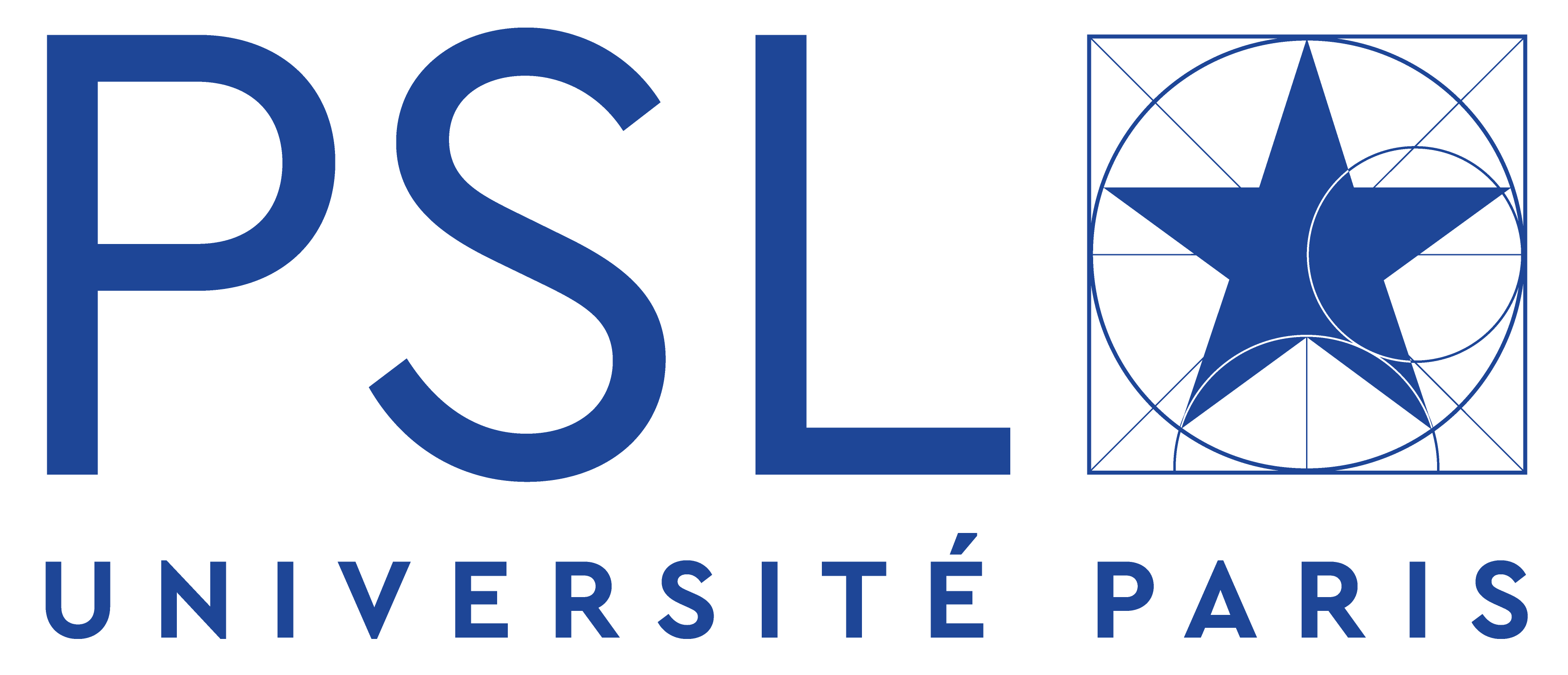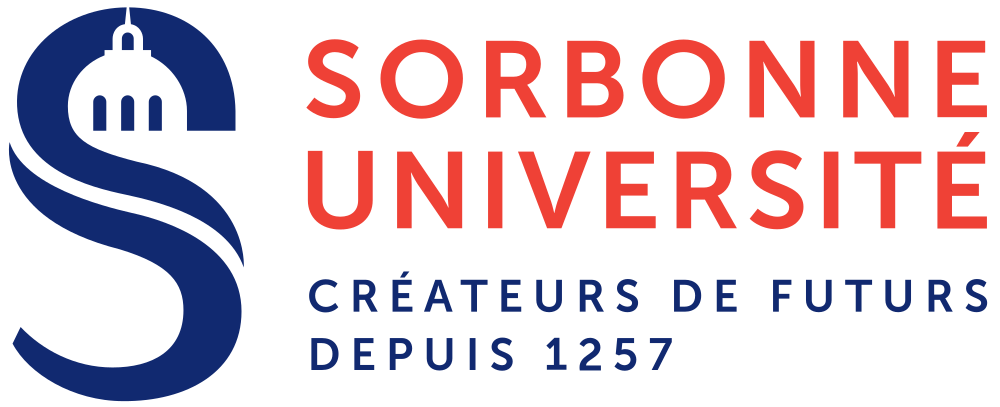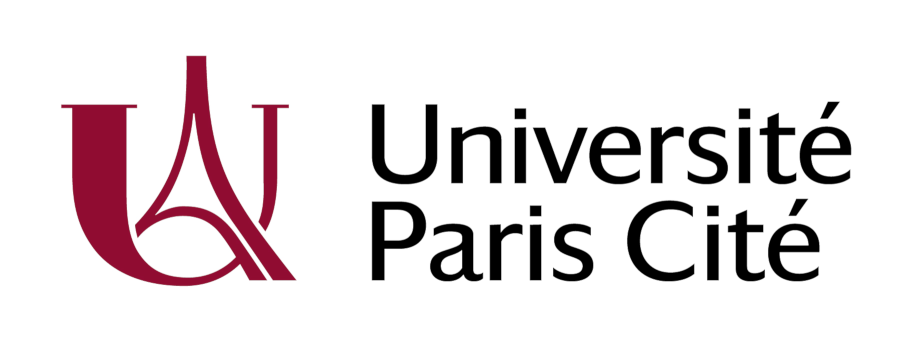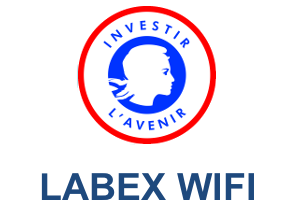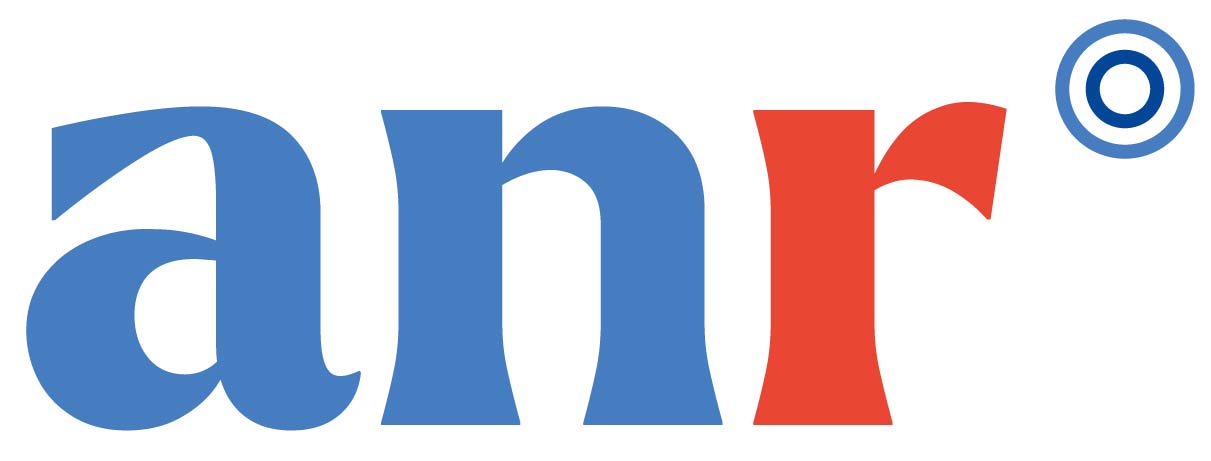Stage & doctorat : Tomographie en cohérence optique holographique combinant réseau de
diffraction et source balayée en longueur d’onde pour l’imagerie dans les tissus diffusants.
CNRS UMR 7587 - ESPCI - Institut Langevin, 75005 Paris. Hôpital des XV-XX, 75012 Paris. Institut de la vision, 75012 Paris. Hôpital Fondation Rothschild 75019 Paris. Fondation Digital Holography 75005 Paris. The University of
Pittsburgh Medical Center (UPMC), Pennsylvania, United States. Contact : Michael Atlan. ![]()
Contexte : Les centres partenaires de ce projet ont développé une expertise innovante unique
en holographie numérique ultrarapide, en imagerie laser Doppler et tomographie par
cohérence optique, et leur utilisation médicale dans les pathologies oculaires.
Objectif : Réaliser une tomographie par cohérence optique en profondeur dans les tissus
diffusants en combinant un laser à balayage de longueur d’onde et un réseau de diffraction
avec une détection holographique sur caméra. Une illumination linéaire et une détection par
fente assureront un filtrage spatial confocal optimal.
Approche : Une illumination à motif linéaire générée par un laser à balayage, dans la plage de
longueur d’onde de 820 nm à 870 nm, sera formée pour éclairer un échantillon de tissu, à
l’instar de l’approche proposée par Arnaud Dubois [1]. La lumière rétrodiffusée sera filtrée
spatialement par une fente et diffractée par un réseau de diffraction, afin de créer un motif de
diffraction qui sera balayé angulairement selon la variation de longueur d’onde du laser. Ce
motif sera enregistré par une caméra ultra-rapide. Le processus d’enregistrement se fera avec
un interféromètre optique, par holographie numérique [2], afin de permettre une mesure de
phase à haute sensibilité résolue dans des conditions de faible luminosité, grâce à
l’échantillonnage du battement à la fréquence du cycle de balayage laser. Le traitement
numérique du signal des motifs de diffraction du champ optique enregistrés permettra la
sélection de photons rétrodiffusés en profondeur, et le filtrage de la diaphonie cohérente qui
émerge des longueurs de trajet optiques aléatoires dans l’échantillon diffusant.
Mission et profil : Un prototype d’appareil d’imagerie tomographique sera élaboré. Les
étudiants mèneront les expériences et effectueront le traitement des données sous Matlab. Ils
réaliseront la formation d’images cohérentes par propagation d’ondes, analyse de fluctuation,
filtrage statistique, et correction numérique d’aberrations. Une bonne aptitude en analyse
numérique est souhaitable. Une mobilité vers tous les laboratoires impliqués est envisageable
et recommandée au cours de la thèse (Paris, Clermont Ferrand, France + Pittsburgh, USA +
Vienne, Autriche + Melbourne, Australie).
Références :
[1] Line-field confocal optical coherence tomography
https://hal-iogs.archives-ouvertes.fr/hal-01913796
[2] Swept-source optical coherence tomography by digital holography in real-time
https://arxiv.org/abs/2003.08960
Internship & Doctoral Thesis : Holographic Optical Coherence Tomography Combining
Diraction Grating and Wavelength-Scanning Source for Imaging in Scattering Tissues.
CNRS UMR 7587 - ESPCI - Institut Langevin, 75005 Paris. Hôpital des XV-XX, 75012 Paris. Institut de la vision, 75012 Paris. Hôpital Fondation Rothschild 75019 Paris. Fondation Digital Holography 75005 Paris. The University of
Pittsburgh Medical Center (UPMC), Pennsylvania, United States. Contact : Michael Atlan. ![]()
Background : The partner centers of this project have developed a uniquely innovative
expertise in ultrafast digital holography, laser Doppler imaging, and optical coherence
tomography, and their medical use in ocular pathologies.
Objective : To achieve deep optical coherence tomography in scattering tissues by combining a
wavelength-scanning laser and a diraction grating with holographic detection on a camera. A
linear illumination and slit detection will ensure optimal spatial confocal filtering.
Approach : A linear pattern illumination generated by a scanning laser, in the wavelength range
of 820 nm to 870 nm, will be formed to illuminate a tissue sample, similar to the approach
proposed by Arnaud Dubois [1]. The backscattered light will be spatially filtered by a slit and
diracted by a diraction grating, to create a diraction pattern that will be angularly scanned
according to the wavelength variation of the laser. This pattern will be recorded by an
ultra-fast camera. The recording process will be done with an optical interferometer, by digital
holography [2], to allow for high-sensitivity phase measurement under low-light conditions,
thanks to the sampling of the beat at the frequency of the laser scanning cycle. The digital
signal processing of the recorded optical field diraction patterns will enable the selection of
deep retro-scattered photons, and the filtering of coherent crosstalk that emerges from
random optical path lengths in the scattering sample.
Mission and Profile : A prototype of a tomographic imaging device will be developed. Students
will conduct experiments and perform data processing in Matlab. They will realize coherent
image formation through wave propagation, fluctuation analysis, statistical filtering, and
numerical correction of aberrations. Good skills in numerical analysis are desirable. Mobility to
all the involved laboratories during the thesis is a recommended possibility (Paris, Clermont
Ferrand, France + Pittsburgh, USA + Vienna, Austria + Melbourne, Australia).
References :
[1] Line-field confocal optical coherence tomography
https://hal-iogs.archives-ouvertes.fr/hal-01913796
[2] Swept-source optical coherence tomography by digital holography in real-time
https://arxiv.org/abs/2003.08960



